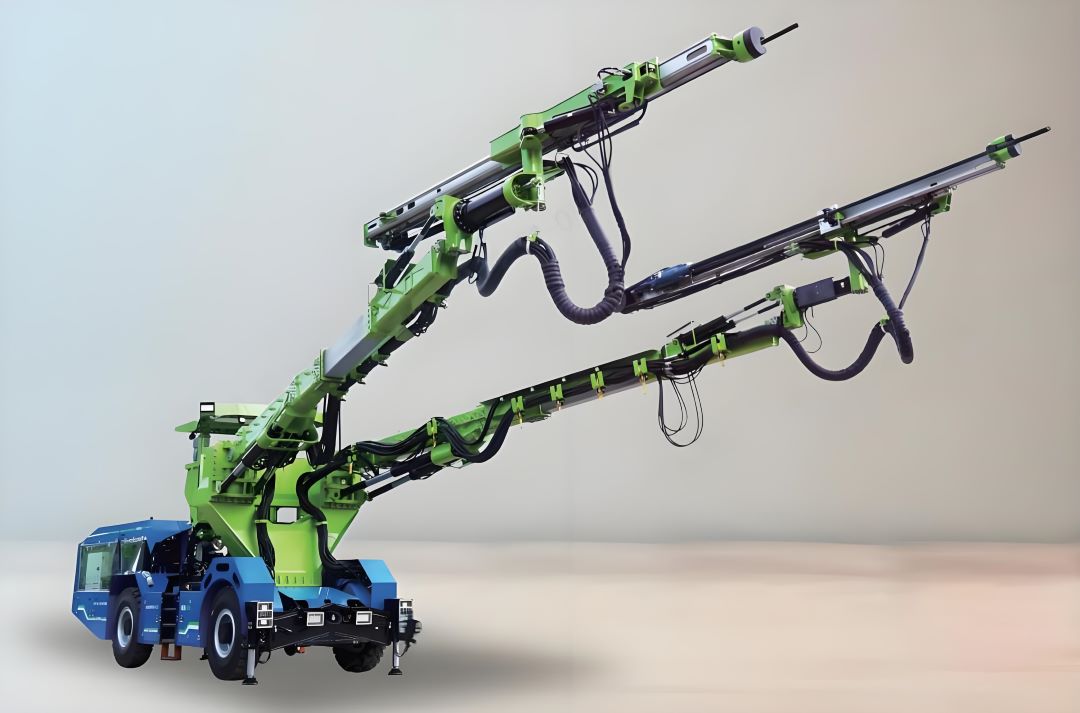What is underground drilling called? Underground drilling, often referred to as sub-surface or below-ground drilling, is a technique used in various industries for the purpose of extracting resources, conducting scientific research, and constructing infrastructure. This process involves creating holes or boreholes in the Earth's surface using specialized equipment like drill bits and drills that are capable of penetrating through different types of soil and rock.

Type of underground drilling
1. Directional Drilling – Often used in the oil and gas industry, it involves drilling at an angle to reach underground resources from a specific location.
2. Borehole Drilling – A term for drilling vertical or horizontal holes into the earth, typically for water wells, oil, or gas exploration.
3. Tunnel Drilling – Drilling through rock or earth to create tunnels, often in mining, civil engineering, or transportation projects.
4. Mining Drilling – Drilling in mining operations, often to explore or extract minerals, coal, or other underground resources.
5. Horizontal Directional Drilling (HDD) – A method of drilling in a horizontal direction, usually used for utilities and infrastructure projects (e.g., laying cables or pipelines).
The underground drilling use for
1. Mining Industry: In mining, underground drilling serves multiple purposes including exploration (to find mineral deposits), extraction (to access ores), and support work such as installing support pillars and ventilation shafts. Drilling can be done vertically or at an angle depending on the specific requirements of the mine layout.
2. Oil and Gas Extraction: The oil and gas industry heavily relies on underground drilling to locate and extract hydrocarbons from reservoirs deep within the earth. Techniques such as directional drilling allow operators to reach reservoirs located far from the drilling site by steering the drill bit horizontally after it has reached a certain depth.
3. Water Wells: Groundwater is often accessed through wells drilled into aquifers. These wells provide essential water supplies for drinking, agriculture, and industrial use. The drilling method varies based on the hardness of the ground and the depth of the water table.
4. Construction: Foundations for buildings, bridges, and other structures sometimes require deep footings which necessitate underground drilling. Pile foundations, for instance, involve driving long cylindrical tubes into the ground and filling them with concrete to create stable supports.
Each type of drilling requires specialized tools and expertise tailored to the specific conditions encountered beneath the surface.




